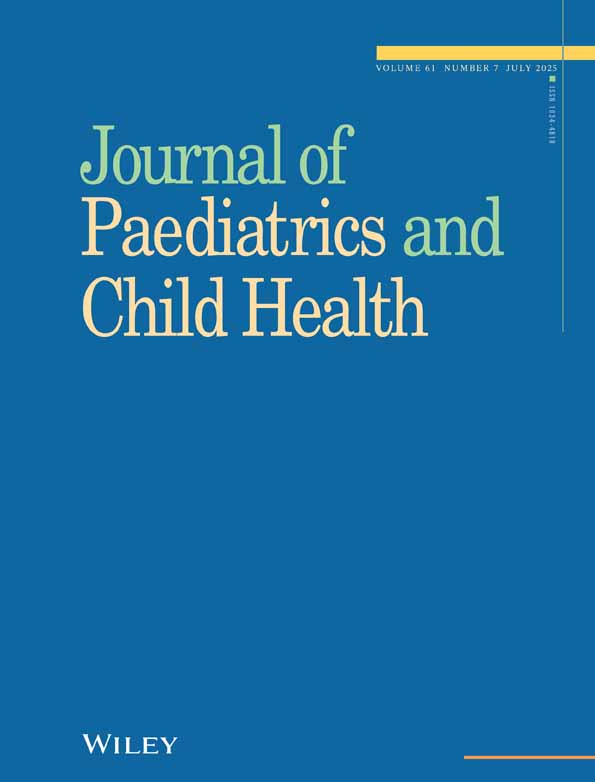Varicella vaccine in non-immune household contacts of children with cancer or leukaemia
Abstract
Objective: To assess the immunogenicity and reactogenicity of a new formulation of live attenuated varicella vaccine (Oka strain) in non-immune household contacts of children with cancer or leukaemia.
Methodology: This was an open study with one group. Healthy varicella-susceptible adults and children living in the same household as children with cancer or leukaemia were vaccinated with a new live attenuated varicella vaccine (Oka strain) which is stable when stored at 2–8°C (refrigerator temperature) for at least 24 months (Varilrix). Children less than 13 years of age received one dose (0.5 mL containing at least 103.3 plaque forming units) by subcutaneous injection and those aged over 13 years received two doses 8 weeks apart. Adverse reactions following vaccination were recorded daily by the vaccinees. Post-vaccination antibody estimation was determined using indirect immunofluorescence 6 weeks after vaccination.
Results: Thirty-five seronegative subjects (28 children and 7 adults and adolescents) were vaccinated. All subjects tested (34) had seroconverted after vaccination. Local injection site reactions were experienced by 15/35. Other adverse reactions were uncommon (rash 2/35, fever (≥ 37.5°C) 3/35). No cases of clinical varicella occurred amongst the high–risk household contacts of the vaccine.
Conclusion: This is the first study of this formulation of varicella vaccine in household contacts of children with cancer or leukaemia. The vaccine was found to be safe and immunogenic, but further follow-up is needed to document duration of immunity.




